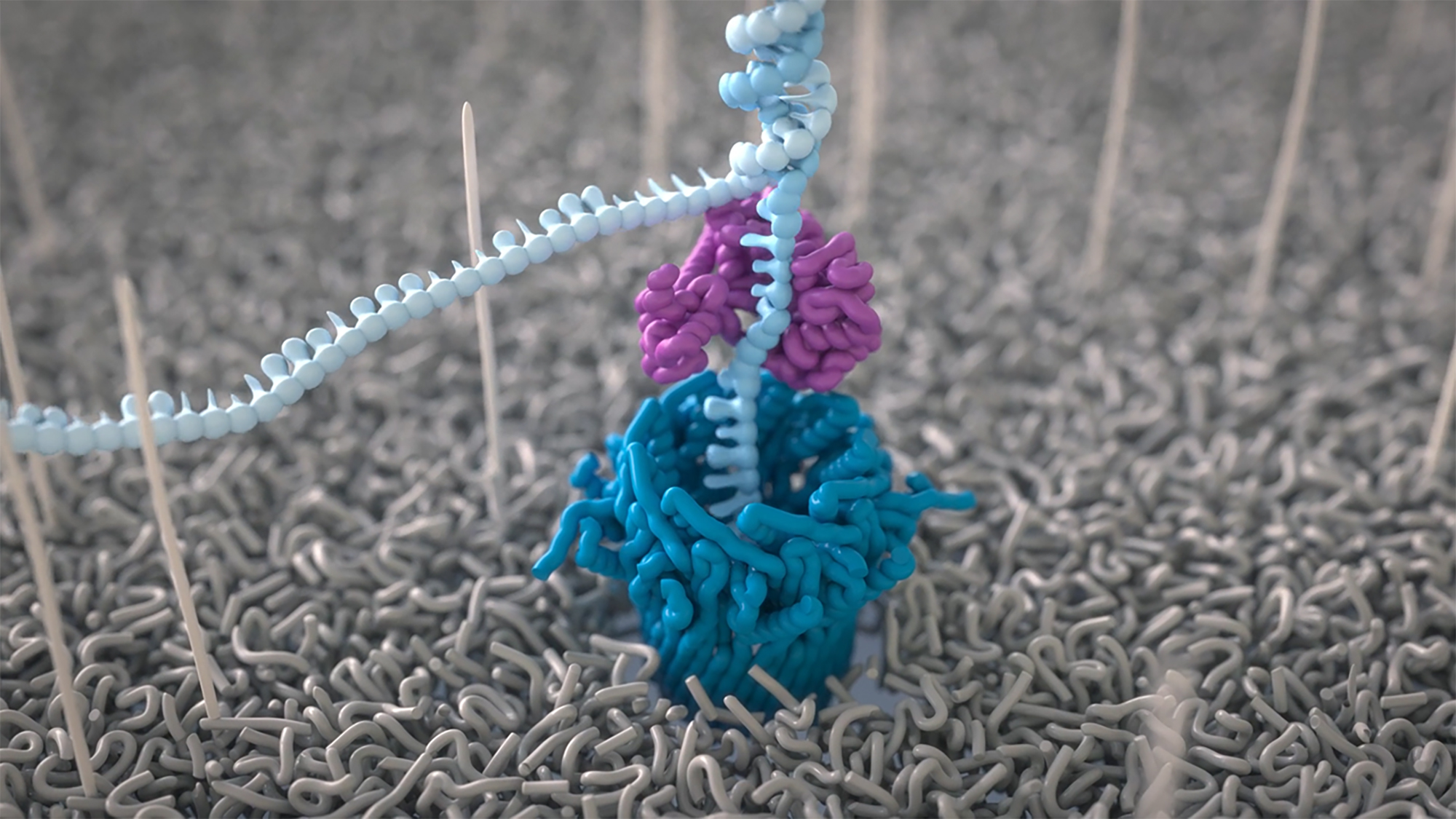Scientists from the Centre for Genomic Regulation (CRG) have published a new method, based on computational algorithms and deep learning, that enables real-time RNA detection by analysing multiple RNA samples simultaneously.
The method is based on nanopore sequencing, a technique that provides immediate DNA and RNA information from a living cell. The downside of nanopore sequencing, when applied to patient samples, is that it requires a large amount of biological material. The new method developed by Eva M. Novoa’s team allows to identify RNAs from many different samples sequenced at the same time, decreasing the need of biological input material from each patient, and the cost of the technique.
The algorithm identifies and classifies RNA molecules and allows to obtain high quality RNA libraries by barcoding each sample with 99% accuracy.
“Direct RNA sequencing provides complex and unbiased information such as the viruses present in a sample, their proportion or the mutations present in each virus. A much richer information than the simple presence/absence of a specific virus provided by a PCR”
Eva Novoa, group leader at the CRG
The method opens up the possibility to apply this technology in patient-derived samples and lays out a faster and richer alternative to the current ways of SARS-CoV-2 detection.
Smith M, Ersavas T, Ferguson J, Liu H, Lucas M, Begilk O, Bojarski L, Barton K, Novoa, E. 2020. “Molecular barcoding of native RNAs using nanopore sequencing and deep learning“. Genome Research, doi: https://doi.org/10.1101/gr.260836.120






